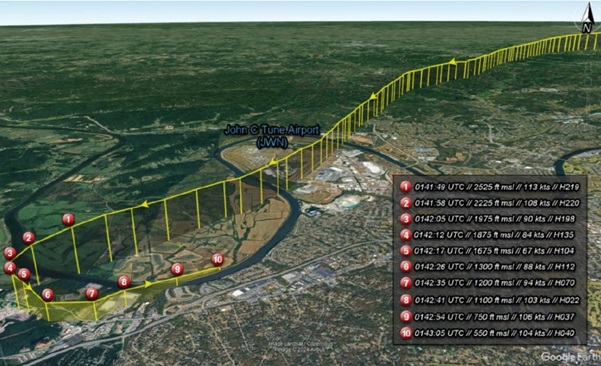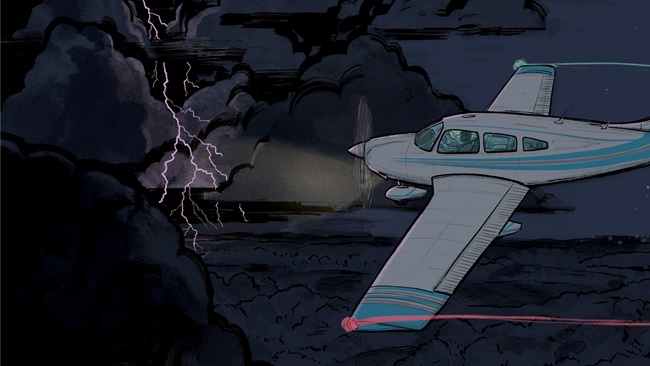Accident Analysis: How long 'has' it been?
If you’ve been out of the cockpit awhile, the length of that layoff is just one factor to figure into your strategy for returning

Although the effects on aviation are trivial compared to the widespread loss of life and livelihood, these events matter deeply to formerly active aviators who’ve been grounded for weeks or months. Once circumstances make a return to the air seem reasonable, the process of getting back in the groove will need to be guided by an expanded definition of “safety”—one that balances rebuilding proficiency with infection control.
This will require multidimensional calculations comparable to balancing payload, fuel, and weather on a long cross-country over inhospitable, sparsely populated terrain. Normally no one would ever discourage refresher training with an instructor, particularly a CFI familiar with you and your aircraft, but now other considerations come into play. Is the instructor regularly flying with a series of clients? If so, you’ll effectively expose yourself to everyone with whom that CFI recently shared unavoidably close quarters. If your age or medical history places you at higher risk of serious complications, this is a chance you may not yet wish to take. Face coverings offer less than perfect protection, especially over several hours in a small, enclosed space.
Similar considerations apply to the aircraft. If it’s your personal property flown by no one else, there’s zero risk of infection. If it’s operated by a club, much depends on the number of members, how many are actually flying, how rigorously they’ve maintained appropriate separation from others, and how strictly cleaning procedures are adhered to. (Aircraft design is also a factor: Respiratory droplets aren’t as likely to accumulate in an open-cockpit biplane or a helicopter flown doors off.)
If the machine’s suitably sterile but dual instruction is not inviting, how about going solo? Start with the legalities: If your flight review’s expired, you’re out of luck. After that, the crucial variables are time and recency in type, layoff duration, and the flight profile’s complexity. After two months away, a pilot who’s logged more than 3,000 hours in the airplane she has owned for 25 years can likely herd it around the pattern in light winds. A 200-hour pilot whose last flight three months earlier was a successful instrument checkride, however, should think at least three times about filing to practice approaches solo in near-minimum weather—then decide against it.
Those suffering from “low altitude sickness” would do well to remember the observation in Dr. Strangelove that a bullet can kill you just as dead as a nuclear blast. Preserving the ability to not crash an aircraft isn’t worth succumbing to a virus.



